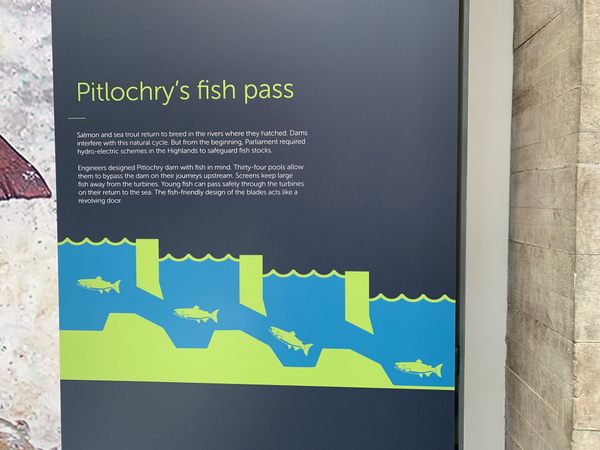Nestled in Scotland’s Perthshire region, the Pitlochry fish ladder is an engineering ingenuity and environmental conservation success. This structure, completed in 1951, was born out of a 1943 Act of Parliament that tasked the North of Scotland Hydro-Electric Board with protecting fish populations affected by their power schemes.
Designed by the fish biologist John Berry, the ladder stretches an impressive 310 metres, featuring a series of 34 ascending pools. Each pool sits 50 centimetres higher than its predecessor, creating a gradual climb for the determined fish making their way upstream.
Visitors to Pitlochry can see this aquatic stairway, which includes three larger pools where fish can take a rest during their journey. While the underwater viewing area has been closed since 2019 due to safety concerns, the visitor centre offers live web feeds, allowing guests to witness this remarkable migration in real-time.
The ladder’s fish counter provides data for both conservationists and curious tourists alike. In recent years, the number of fish using the ladder has been particularly impressive, with over 7,000 recorded in 2006 and more than 6,000 by September 2016 – well above the annual average of 4,000 reported by the Tay District Salmon Fisheries Board.
Know Before You Go
While the observation tank is closed, the Pitlochry Dam Visitor Centre offers live web feeds and informative exhibits about the fish ladder, the hydroelectric scheme, and the local environment. The center also includes a café and gift shop.
The best times to visit the fish ladder are during the salmon migration seasons, typically from April to June and September to November. These periods offer the best chance to see the salmon in action.
Scotland’s weather can be unpredictable, so dress in layers and bring waterproof clothing to ensure a comfortable visit.

